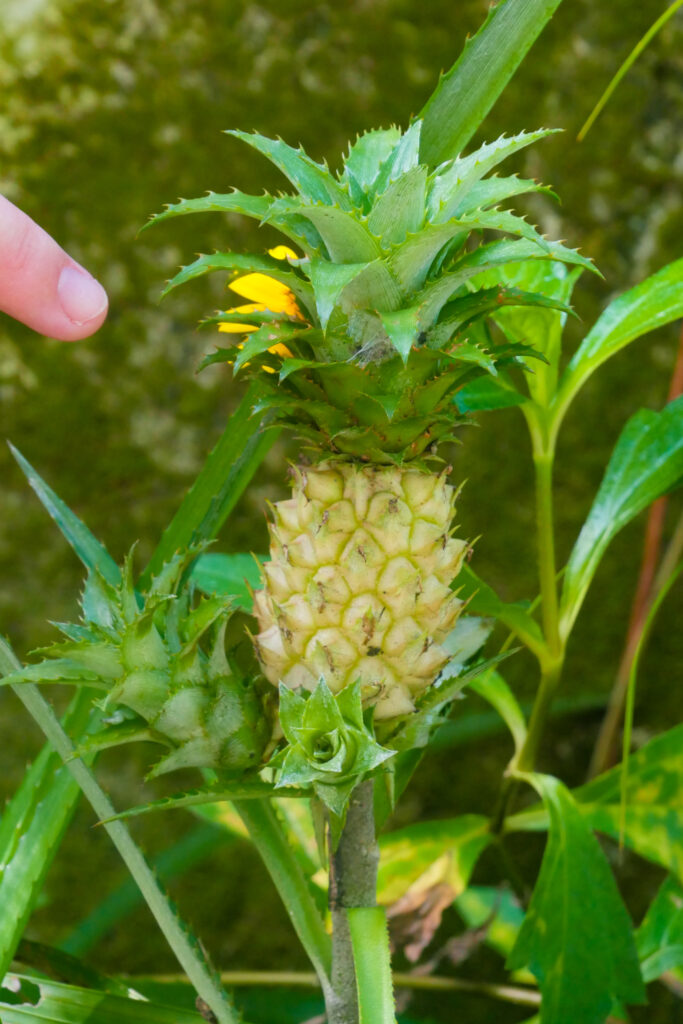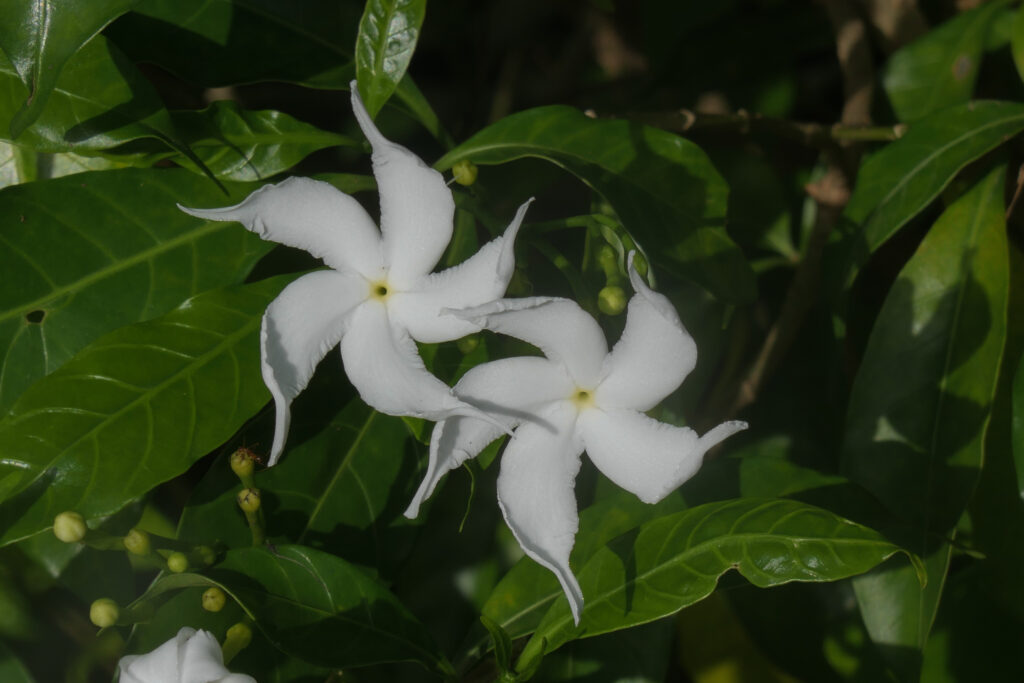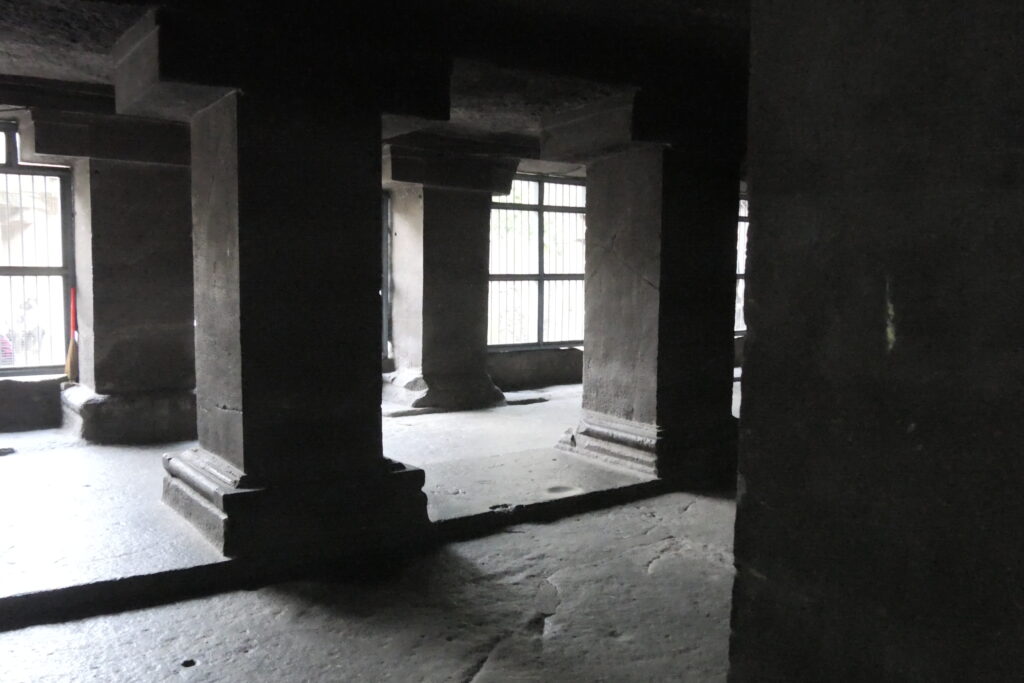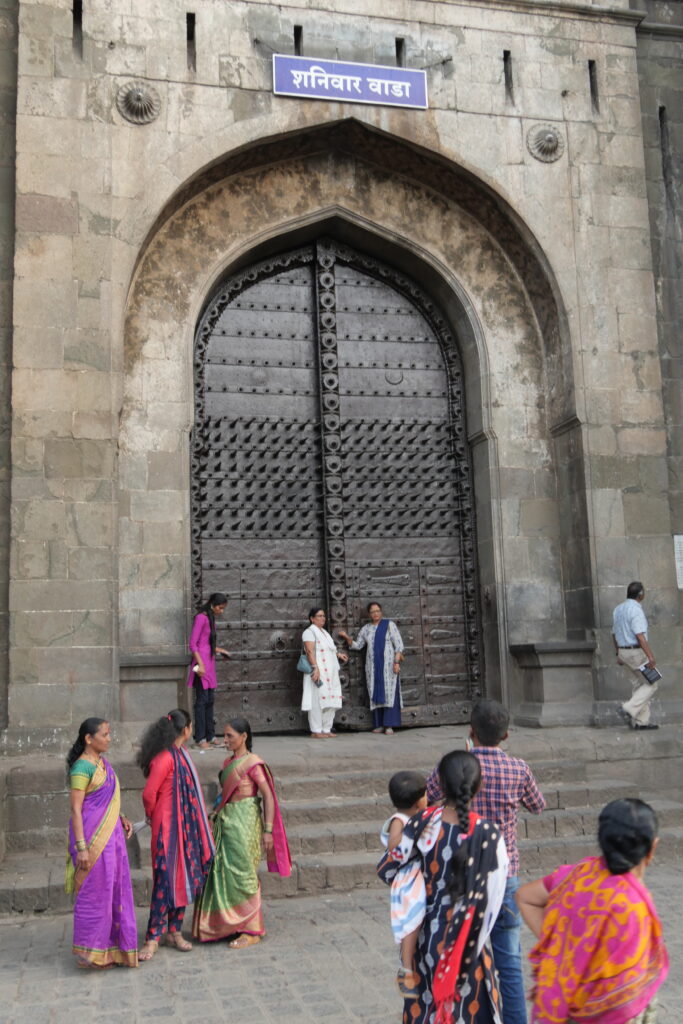Content only for logged-in users. You can ask the blog owner for credentials if you know him.
Hampi Boulders and the Tungabhadra
After the day visiting the Hampi temples, we already had to check out of our straw huts (more on the accommodation in another post) as we had booked a night train leaving at 21:10 from the nearby Hosapete train station. Taking overnight trains should save us the cost for one night at a (stationary) hotel while at the same time we would not loose daytime for traveling. So much for the plan. Thankfully my Indian colleague mentioned that trains should be booked well in advance to get seat confirmations. Unfortunately I did not take this advice seriously enough so that – despite booking 3 weeks ahead – for this train we did not have seats confirmed, instead we were number 1, 2, 3 and 4 on the waiting list. So in case someone cancels/changes her/his trip, we’d get the vacated seats that respectively berths. This made us somehow insecure because 24 hours prior to boarding we still had no seats. But to make the long story short with the help or the Vector colleagues and their enquiries at the train company and frequent updates to us we finally managed to get 3 of the 4 berths in one cabin and our youth adjusted to share one berth so we had a train ride nearly as planned.
Nevertheless the insecurity has let us stay most of the day in the very relaxing open air lounge/restaurant of the Dream Mango Hotel to be available in case of any change of plan. Also a day of rest did suit us all well, the Indian temperature and humidity, the cleanliness (or dirtiness depending on where we turn our heads), the multitude of impressions, the different food and the in-between travel arrangements that were more complicated than in southeast asian countries we traveled before, were taking its toll. So we chilled the great part of that day.

After all was arranged though, we had some more hours to spend and as the others liked to be lazy, I decided to walk to the Hampi Falls, some waterfalls in an arm of the Tungabhadra river around 5 kilometers from our place. Prepared with best motivation to do some physical exercise I turned into the main road. As thirty seconds later the first tukuk (riksha) stopped and asked it could take me somewhere, I declined and the tuktuk went off. 30 seconds later I sat in the next one that had stopped and was on my way.
The driver dropped me off and – surprise – asked when he should collect me again. We arranged a time and he didn’t bother driving away while I enjoyed the small but beautiful scene.




The driver turned out to be a good tour guide, so on the way back he recommended to see the Sanapur Lake, an artificial reservoir lake, fed from a Tungabhadra canal that probably is (also) used to manage a constant water supply to the many rice fields. So I saw another great site with boulders, some of which I climbed (without doing serious bouldering).





On the way back I had some more impressions of that beautiful landscape before – after sunset- we made us on the way to the train station.




Hampi a.k.a. Vijayanagara
Today’s village of Hampi is the name under which the tourist finds two types of stones. One one hand gigantic boulders that mark the impressive landscape, several are 10 meters and higher, like pebbles of prehistoric giants.

The other type of stone are the temples and other buildings that remain from the medieval empire of Vijayanagara, which – at the times of its largest extent in the 16th century – ruled most of the Indian subcontinent, from the arab sea on the west side to the Indian ocean on the east coast.

These temples are the reason for most tourist to visit the area, but maybe the beauty of this place was the reason to found Vijayanagara in the 14th century right there. We dedicated our first day in Hampi to these architectural reminescensces.
If you want to dive in deeper into the history, I highly recommend the captivating episode Vijayanagara – The Last Emperors of South India from the “Fall of Civilizations” podcast , available on Spotify or YouTube. It gave me better understanding of South Indias History in the times until the British South East India Company ruled the country.
Here I can merely show you some pictures of the beauty, carved in granite, hundreds of years ago, giving sign of a flourishing society.
















What may be common knowledge is that a society produces a high degree of art, architecture and beauty only, if it has resources free that are not tied up with warfare or nourishment. What I kept im mind from the podcast is, that also with this empire a wise governance with tolerance towards all kinds of peoples and religions lead to not only the greatest extent of the empire but also to the highest prosperity of the complete society.
Note: The decline of the empire, on the other hand, was initiated by arrogance and overestimation (podcast from around 02:20:00 following) which lead to the Battle of Talikota. (https://en.wikipedia.org/wiki/Vijayanagara_Empire)
Royal Enfield Day in Goa
Content only for logged-in users. You can ask the blog owner for credentials if you know him.
Taking the Next Train
Content only for logged-in users. You can ask the blog owner for credentials if you know him.
Goa is Nature
Another day, another post? While I received the feedback that some people read my blog to follow our vacation, the news to post get less everyday. This part of our journey is meant to be relaxing, which means that we don’t have the days fully packed. Today we just explored the vicinity of our Guest House on foot. That’s why today you get only a few impressions on the excessively vital nature, that surrounds us.






Please don’t ask me, what these plants are. I’m very bad in botany, nevertheless I enjoy its beauty. The only one, I can tell is the baby pineapple. If you know and want to tell me though, I’m happy to add their names: blog[at]joachimvollmer.de
Goa Ahead
Content only for logged-in users. You can ask the blog owner for credentials if you know him.
With Vector in Pune
Content only for logged-in users. You can ask the blog owner for credentials if you know him.
Pune in a Day
Arriving by train – and on time – in Pune we chose to walk the 2.4 km to the hotel. Pune was not as hot as Mumbai, but the air appeared more dirty. Before we completed our check-in I was already contacted by a colleague from the local subsidiary Vector, the company I work for. He and other colleagues assisted us in the preparation of the journey to India with many tips and tricks and of course I wanted to visit them. After we took our first Indian tuktuk to visit them in the office, they offered to spend some time with us and showed us around various sights in the city and around.


The pataleshwar caves, an underground temple fir the Hindu Lord Shiva, carved out of massive stone many hundred years ago:


The Shaniwar Wada, a fort and former residence of kings of in the center of the town. If you notice the spikes at the large entrance doors that start only from around 3 meters upwards and you wonder, why this is so, let me share my newly acquired knowledge: To break the doors usually elephants were used to run into them. If you imagine their size you can do the maths.

After another Shiva temple that was so crowded that we did not queue to get inside, we went over to the commercial side of the tour and did some window shopping in shops for jewelery and fine clothes followed by famous sweets shop where we filled the space in our backpacks, that was just freed by handing over a few German sweets to our colleagues, with sweet specialities from India.

A common dinner with local food ended the entertaining day. Thumbs up.

Train to Pune
Time to move on make more experiences. Heading out to our first train ride, we walked fully backpacked the about 15 minutes into the train station. Luckily it had rained during the night, so the temperatures were comfortable in the mid twenties. Humid enough to sweat though, of course.

We arrived at the station well in time and surprisingly found in an instance the display that our train will leave from platform 13 of this head end station. The train was already there but as we had more than 45 minutes to the scheduled departure at 8:40 a.m., we sat down on a free bench in the waiting hall. Not a minute passed and an Indian lady said hello and asked me, where we came from – as it happened to us countless time before – even though it was only the third day in India. Often the people wanted only to present their Knowledge of some German words and cities, others wanted to start a sales talk.
Mostly we responded, also here, and a clear “Guten Morgen wie geht’s?” came back to us. The lady, maybe in her sixties, introduced herself as Sally, working for the tourist department. Just as the day before in the restaurant, where a lady explained the menu to us, also here we ran into the right person, or rather she into us. Explanations on when to board and which coach was ours were not the only service. She even took the 10 minute walk (one way) with me to the coach, just to make sure we are feeling comfortable on our trip.
While passing coach by coach on the platform, Sally – greeting other persons with name here and there – shared a bit of her life with me. She was born in Birmingham, England but her mother died three days after the birth, her (Indian) father had her put to India to be raised. She complained “why didn’t he put me in an orphany in England, then at least I would have stayed there.” She appeared to be serious but at the same time not bitter. She told me that next month she would retire after having worked the last 26 years in the company and that she intends to travel to England in the next year, for what she saves every extra money. This time I asked for a selfie with her and then she set off with best wishes for our journey.

Meanwhile it was time to board the train. When I mentioned traveling by train to my friends in advance of of our trip one responded “are these the ones where you sit on the roof?” We entered an air conditioned and nearly empty coach. The interior could well have been from the 1960s but there were power outlets, inclinable chairs as well as fold-out tables and – more remarkably – at 8:40 and 4 seconds a horn sounded and the train started moving.

Let me add that over the next few stops nearly all of the seats in the coach the train became occupied and we saw also trains stuffed so much that people hanging out of the opened doors.
